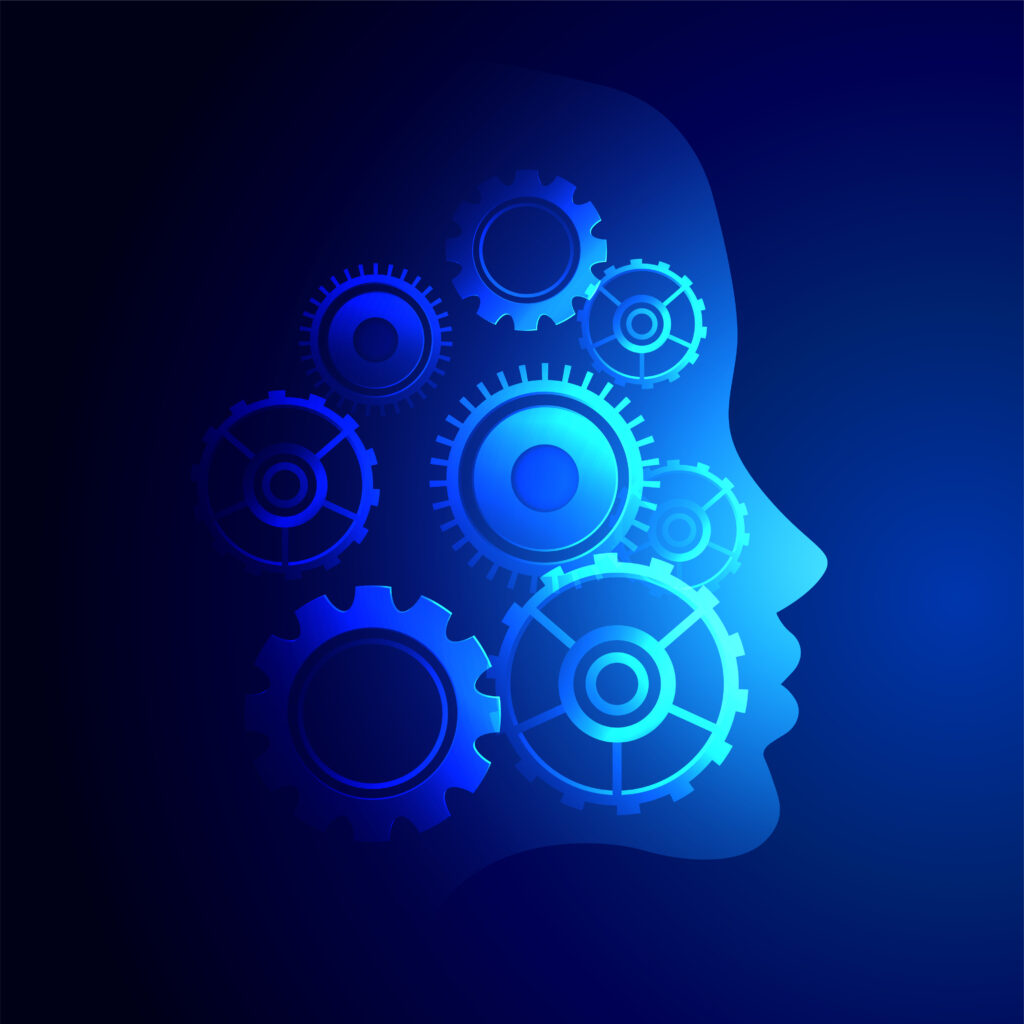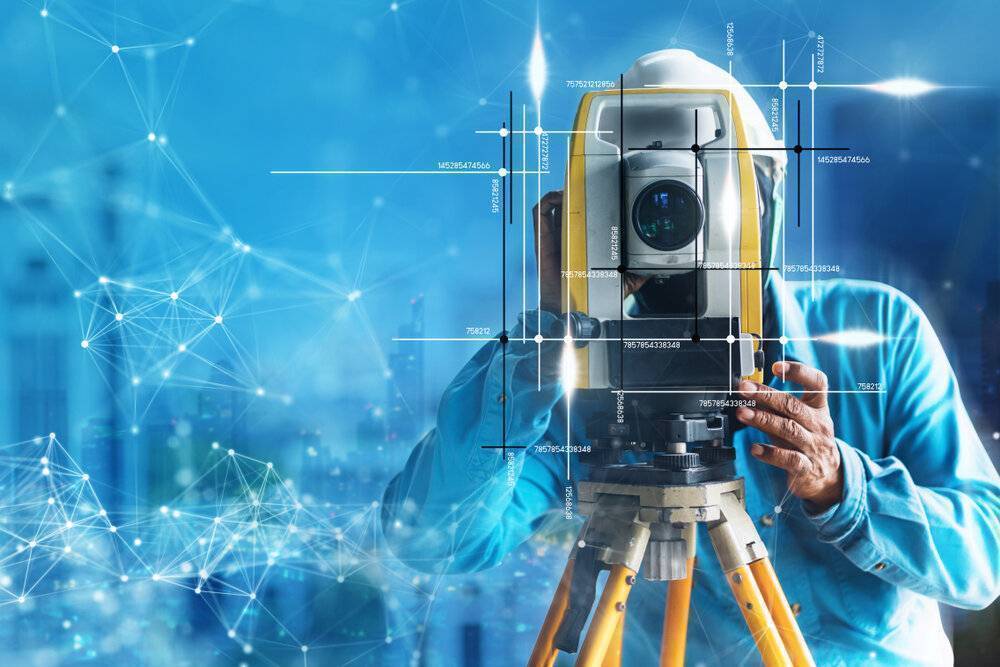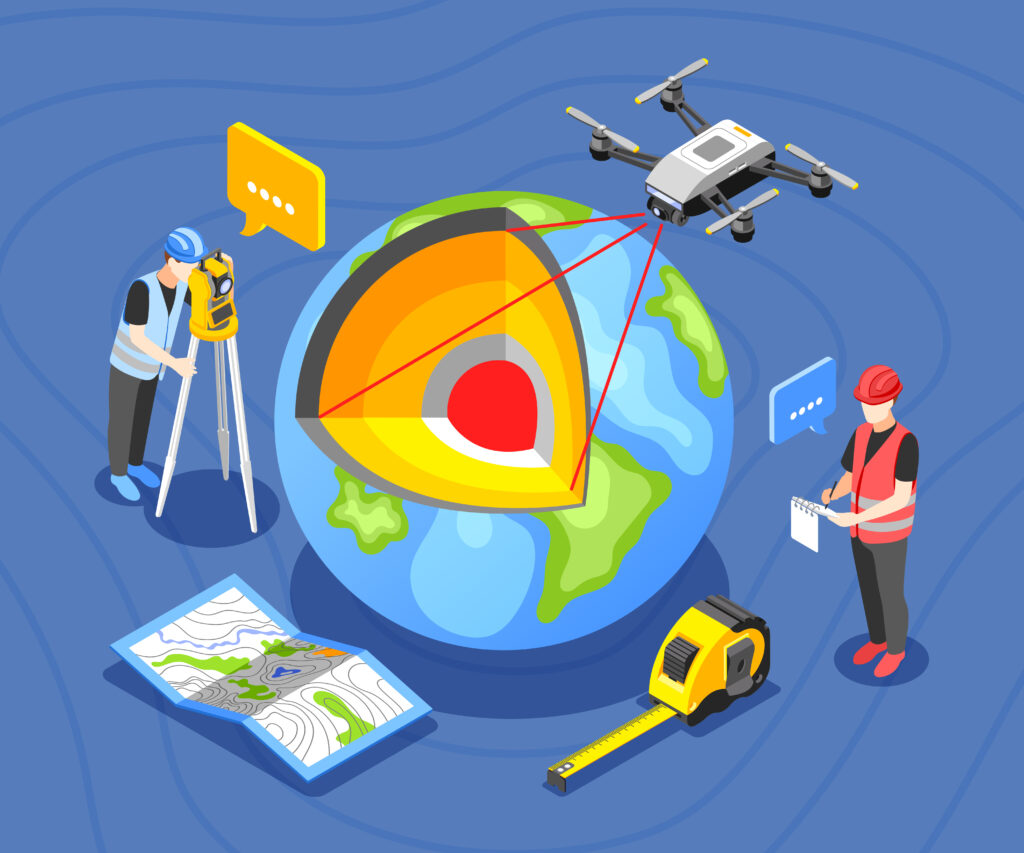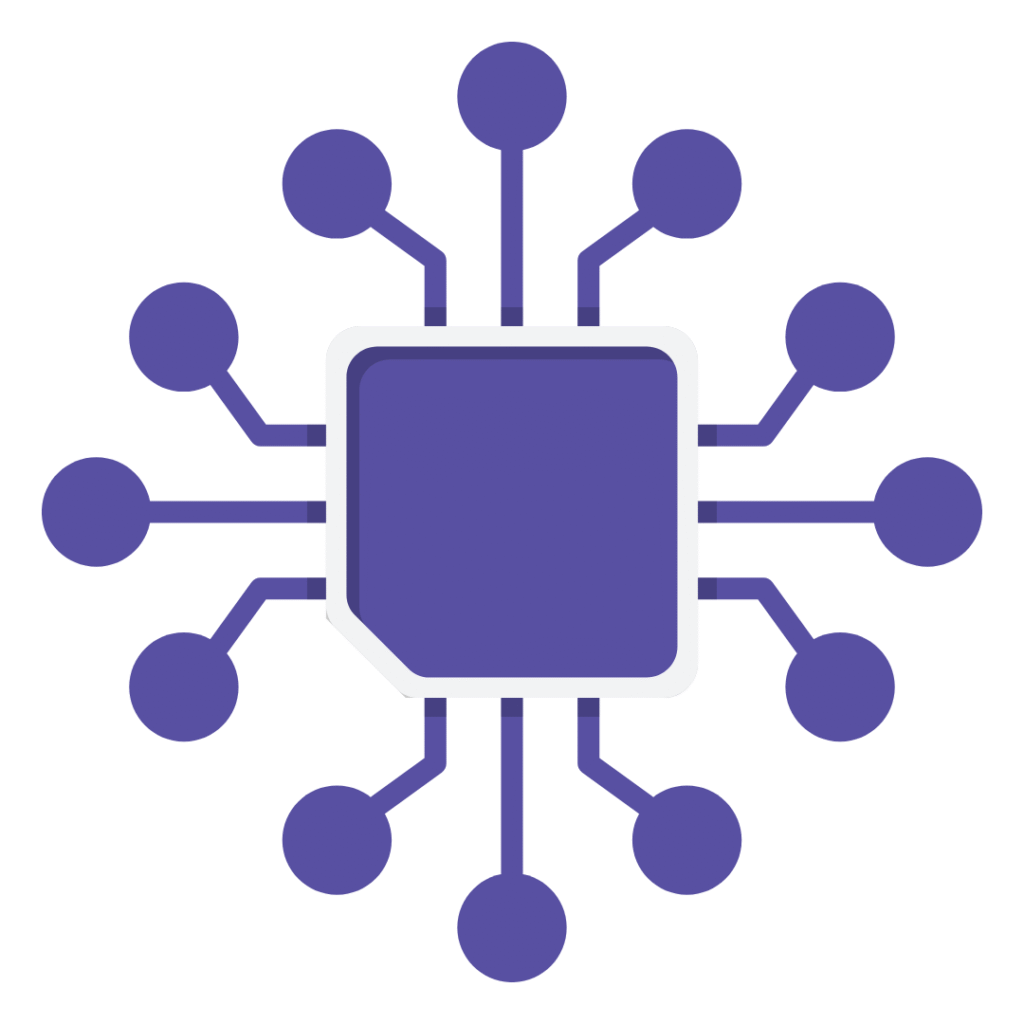New Nokia Technology is more than just mobile phones—it represents a bold shift toward pioneering advancements in global communication. Today, Nokia is at the forefront of innovation in areas such as 5G networks, cloud infrastructure, AI-powered systems, and industrial-grade connectivity. These technologies are not only enhancing speed and efficiency but also enabling smarter, more adaptive systems that can transform how we live and work. In 2025, Nokia continues to push the boundaries of what’s possible, playing a key role in shaping digital ecosystems across telecommunications, healthcare, smart cities, and beyond.
What makes New Nokia Technology even more impactful is its influence on related fields like Mechanical Engineering Technology, where automation, data, and real-time communication are critical. From intelligent machines to interconnected systems, Nokia’s innovations help engineers and technologists implement smarter, more responsive solutions. As connectivity becomes the foundation of modern industries, Nokia’s role in enabling that future cannot be overstated.
The Evolution of New Nokia Technology
New Nokia Technology isn’t just about smartphones—it represents a strategic shift toward infrastructure, automation, and smart connectivity.
Strong focus on 5G deployment globally
AI-driven networking for enhanced user experience
Investment in cloud-native solutions
Green technology for sustainable telecom
Edge computing to reduce latency and boost speed
From consumers to corporations, Nokia is pushing boundaries in global tech innovation.


Applications of New Nokia Technology in 2025
Nokia’s latest innovations are already shaping multiple industries. Here’s where New Nokia Technology is having the most impact:
Telecommunications: Powering ultra-fast 5G and private networks
Healthcare: Supporting remote surgery and real-time diagnostics
Smart Cities: Enabling IoT sensors and connected infrastructure
Manufacturing: Driving Industry 4.0 with automated systems
Transportation: Enhancing traffic systems and autonomous driving
These real-world applications show Nokia’s growing influence far beyond mobile phones.
Nokia’s 5G & Cloud Leadership
Leading 5G equipment provider across Europe and Asia
Collaborations with carriers and governments
High-performance cloud-native 5G core platforms
Secure, low-latency architecture for critical industries
Multi-vendor compatibility and open APIs
AI and Automation in Nokia’s Future
Predictive analytics for network optimization
AI-based fault detection and auto-healing systems
Smart spectrum sharing to reduce congestion
Automated service orchestration for faster deployments
AI in customer experience management
New Nokia Technology is setting a new benchmark for smart infrastructure.
The Broader Impact of New Nokia Technology
As we move deeper into the digital age, New Nokia Technology is driving the development of smarter, faster, and more secure networks that power innovation across the globe. With a strategic focus on 5G, artificial intelligence, and edge computing, Nokia is enabling real-time responsiveness and intelligent decision-making in critical sectors. This transformation is not just technical—it’s reshaping how industries connect, communicate, and grow.
In the healthcare sector, doctors now perform remote surgeries with minimal latency, thanks to ultra-reliable networks. In advanced manufacturing, machines communicate autonomously, improving productivity and safety. Smart cities powered by Nokia’s infrastructure use sensors to manage traffic, optimize energy consumption, and reduce environmental impact. These real-world examples show how New Nokia Technology is turning futuristic ideas into practical solutions today.
Beyond performance, Nokia is also addressing the bigger picture—sustainability and digital trust. With ongoing investments in green energy and cybersecurity, Nokia is evolving from a legacy phone maker into a foundational force behind the world’s most connected systems. As 2025 unfolds, it’s clear that New Nokia Technology is not just keeping up with the future—it’s building it.
New Nokia Technology: Powering the Future of Global Connectivity
New Nokia Technology is shaping the next generation of global communication by integrating 5G, AI, and edge computing into real-world solutions. As industries demand faster, smarter, and more secure systems, Nokia’s innovations are leading the charge—bridging the gap between devices, data, and decision-making across every sector.
Unlike its past reputation as a mobile phone brand, New Nokia Technology now focuses on advanced infrastructure like 5G, AI-powered networks, edge computing, and industrial connectivity. It plays a key role in enabling smart cities, digital healthcare, automation, and next-gen communication systems across the globe.













